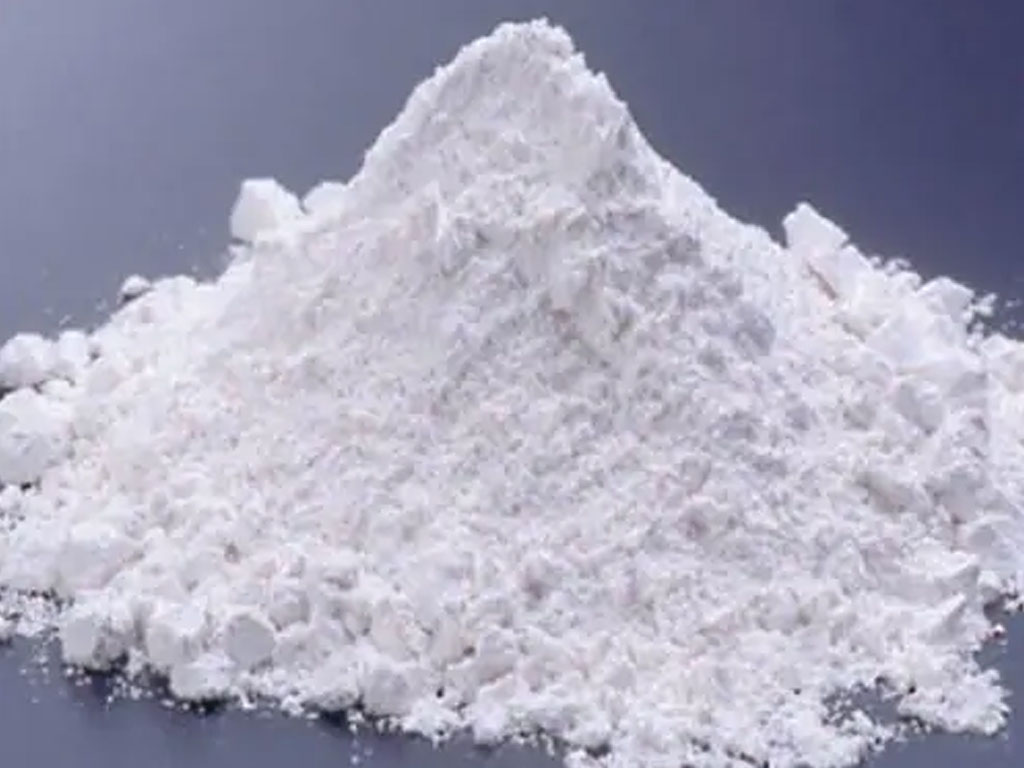

All forms of magnesium carbonate react with acids. The anhydrous salt is practically insoluble in water, acetone, and ammonia. Magnesite consists of colourless or white trigonal crystals. All of those minerals are colouress or white. Some basic forms such as artinite ( Mg 2CO 3(OH) 2♳H 2O), hydromagnesite ( Mg 5(CO 3) 4(OH) 2♴H 2O), and dypingite ( Mg 5(CO 3) 4(OH) 2♵H 2O) also occur as minerals. The most common magnesium carbonate forms are the anhydrous salt called magnesite ( MgCO 3), and the di, tri, and pentahydrates known as barringtonite ( MgCO 3♲H 2O), nesquehonite ( MgCO 3♳H 2O), and lansfordite ( MgCO 3♵H 2O), respectively. Several hydrated and basic forms of magnesium carbonate also exist as minerals. Magnesium carbonate, Mg CO 3 (archaic name magnesia alba), is an inorganic salt that is a colourless or white solid. For more guidance, see Wikipedia:Translation.You should also add the template to the talk page.

A model attribution edit summary is Content in this edit is translated from the existing German Wikipedia article at ] see its history for attribution.

įor example, the standard enthalpy of formation of carbon dioxide would be the enthalpy of the following reaction under the above conditions:Ĭ ( s, graphite ) + O 2 ( g ) ⟶ CO 2 ( g ). One exception is phosphorus, for which the most stable form at 1 bar is black phosphorus, but white phosphorus is chosen as the standard reference state for zero enthalpy of formation. For an element: the form in which the element is most stable under 1 bar of pressure.For a pure substance or a solvent in a condensed state (a liquid or a solid): the standard state is the pure liquid or solid under a pressure of 1 bar.For a gaseous or solid solute present in a diluted ideal solution: the hypothetical state of concentration of the solute of exactly one mole per liter (1 M) at a pressure of 1 bar extrapolated from infinite dilution.For a gas: the hypothetical state it would have assuming it obeyed the ideal gas equation at a pressure of 1 bar.The superscript Plimsoll on this symbol indicates that the process has occurred under standard conditions at the specified temperature (usually 25 ☌ or 298.15 K). The standard pressure value p ⦵ = 10 5 Pa (= 100 kPa = 1 bar) is recommended by IUPAC, although prior to 1982 the value 1.00 atm (101.325 kPa) was used. In chemistry and thermodynamics, the standard enthalpy of formation or standard heat of formation of a compound is the change of enthalpy during the formation of 1 mole of the substance from its constituent elements, with all substances in their standard states. Change of enthalpy during the formation of a compound from its elements


 0 kommentar(er)
0 kommentar(er)
